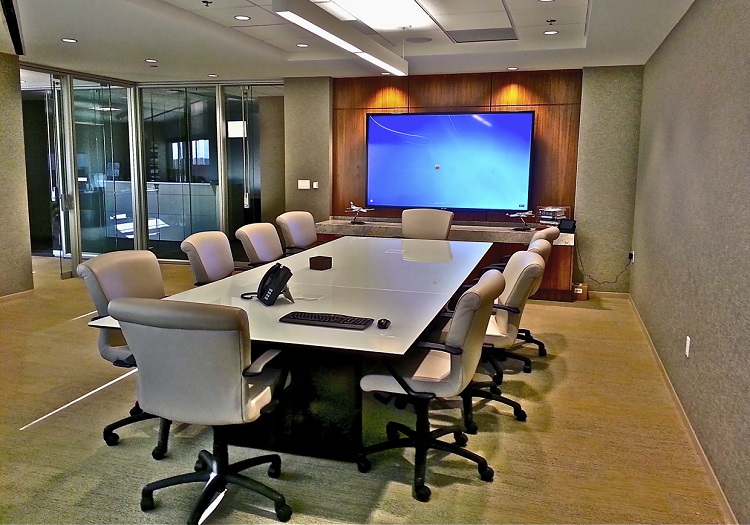Enhancing Acoustic Quality Through Tactical Audio Placement within Commercial Environments
Enhancing Acoustic Quality Through Tactical Audio Placement within Commercial Environments
Blog Article
Maximizing acoustic quality in business environments is essential for creating an appealing and efficient environment. Whether it’s in a restaurant, shopping store, or office, the way sound travels and is perceived can significantly affect client contentment and staff efficiency. Thoughtful speaker positioning holds a key role in achieving optimal sound performance. By grasping the principles of acoustics and taking into account the design of the area, companies can enhance the overall acoustic experience for all in attendance.
One of the first steps in efficient speaker positioning is to assess the size and shape of the commercial area. Various areas may have distinct acoustic characteristics that influence how sound behaves. For instance, large, open areas may need more speakers to guarantee uniform sound distribution, while smaller, enclosed spaces might gain from less speakers placed thoughtfully to prevent overloading the listener. Additionally, the materials used in the construction of the space, such as partitions, floors, and ceilings, can influence sound bounce and dissipation. Understanding these elements assists in deciding the best positions for speakers.
Another crucial factor is the kind of audio being broadcast. Ambient tunes in a café, announcements in a retail outlet, or presentations in a meeting space all require different audio setups. For instance, in a dining establishment, speakers should be placed to establish a pleasant atmosphere without dominating conversations. In comparison, in a shopping environment, speakers may need to be positioned to make sure that promotional messages are see page distinctly audible throughout the space. Tailoring the speaker placement to the specific sound needs of the setting can significantly improve the overall experience.
The elevation and angle of the speakers also play a significant part in sound distribution. Positioning audio units at ear level can assist ensure that sound arrives the listeners efficiently. Additionally, tilting speakers towards the center of the space can assist focus sound where it is needed most. This is particularly important in spaces with tall ceilings, where audio can readily disperse. By thoughtfully considering the height and angle of the audio units, companies can establish a more immersive acoustic experience that maintains customers engaged and staff concentrated.
Ultimately, consistent assessment and adjustment of audio positioning are crucial for preserving ideal audio performance. As the design of a business area shifts, or as new furniture and accessories are introduced, the acoustic characteristics may shift. Conducting periodic assessments can help identify any issues with audio coverage and allow for required adjustments. By focusing on thoughtful audio positioning and ongoing evaluation, companies can ensure that their business environments provide a welcoming and pleasant sound atmosphere for everyone.